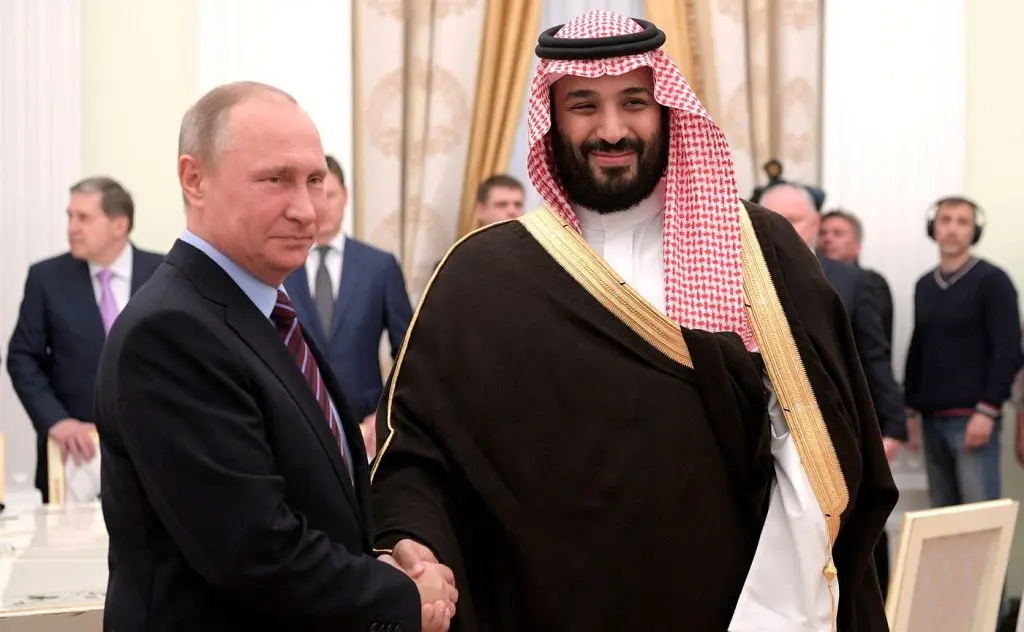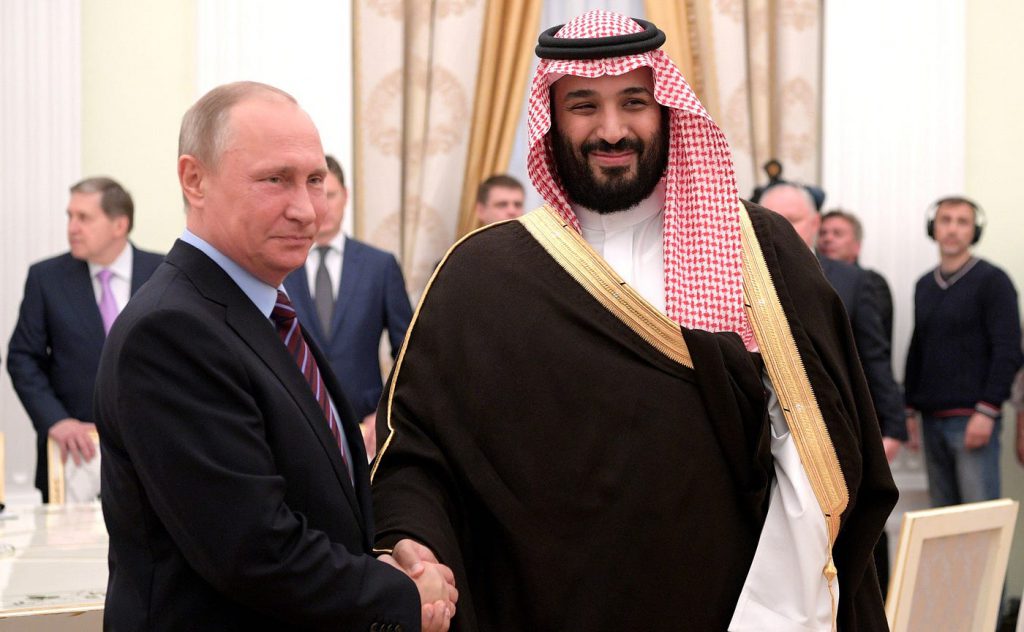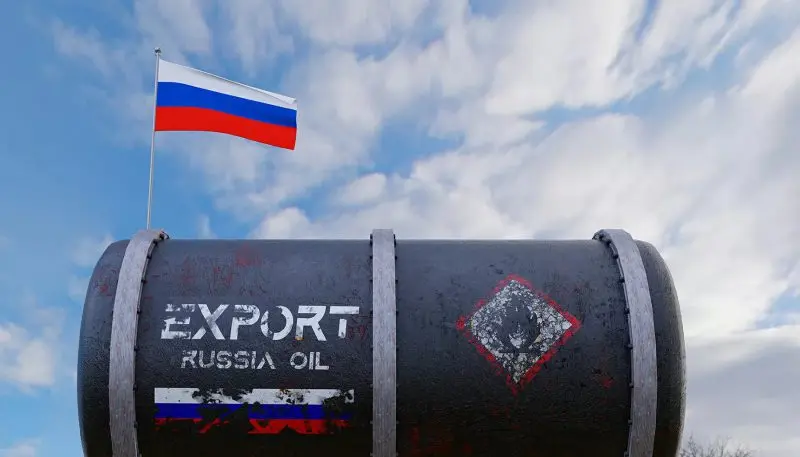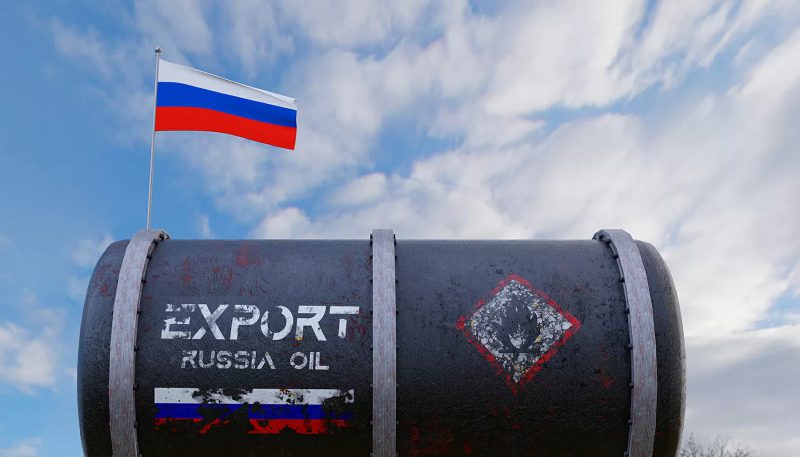Following its long-awaited expansion announcement, six of the world’s largest oil producers are now BRICS members. Among the nine largest producers globally, Saudi Arabia, Russia, China, Brazil, Iran, and the United Arab Emirates (UAE) are members of the alliance.
The presence of mass oil production in the bloc is immensely important to its economic policies. Currently, more than 90% of oil sales take place in the US dollar. However, as the bloc attempts to promote local currencies, it can utilize its mass oil production as a collective to push this effort forward.
Also Read: BRICS to Officially Abandon US Dollar
Six of the World’s Nine Top Oil Producers Are Now BRICS Members
The BRICS Economic Alliance had one of its most important summits this week. There, the collective discussed vital developments such as potential expansion and the development of policies that promote local currencies for international trade. Subsequently, the bloc may have addressed both in one fell swoop.
Following its announcement of an expansion, six of the world’s largest oil producers are now BRICS members. Indeed, of the nine largest economies in the world, Saudi Arabia, Russia, China, Brazil, Iran, and the UAE are included in the economic alliance. Moreover, their presence should have massive geopolitical ramifications.


Also Read: Saudi Arabia, UAE, & 4 Other Countries Officially Joining BRICS
The bloc has long expressed its desire to move away from the US dollar for international trade. With 90% of oil sales currently taking place in the greenback, these countries should begin to shift that narrative. Specifically, Saudi Arabia, which remains one of the largest oil dealers on the planet and second globally.
Data shows that Saudi Arabia, Russia, and China maintain a 12%, 11%, and 6% share of the world total, respectively. Additionally, Iran and the UAE each maintain a 4% share of the global total of oil. Additionally, with China, India, Russia, Saudi Arabia, and Brazil among the top 10 oil consumers, they should be able to enhance unilateral trade with local currencies. A fact that should continue to separate the bloc’s economic activity from US dollar reliance.











